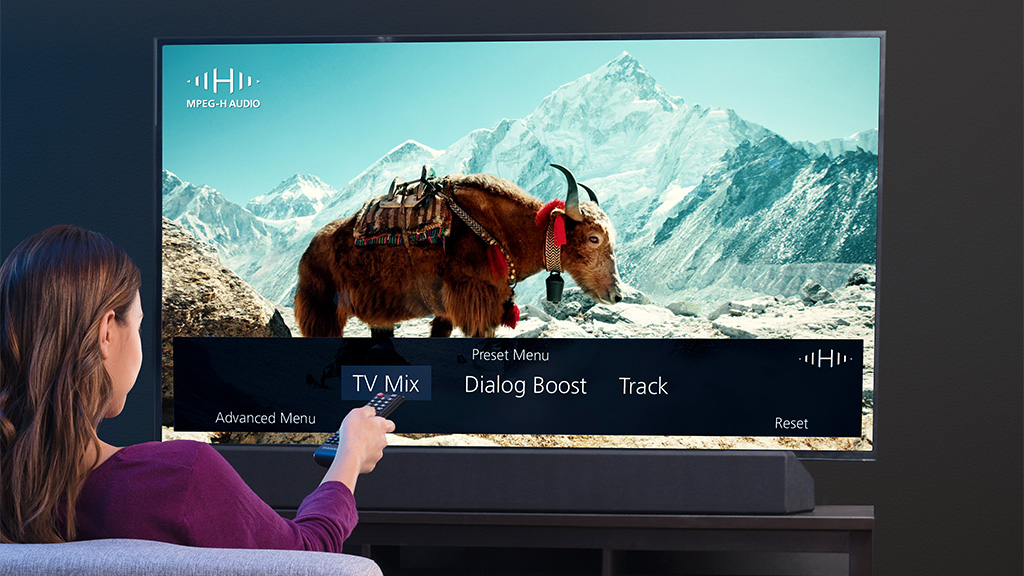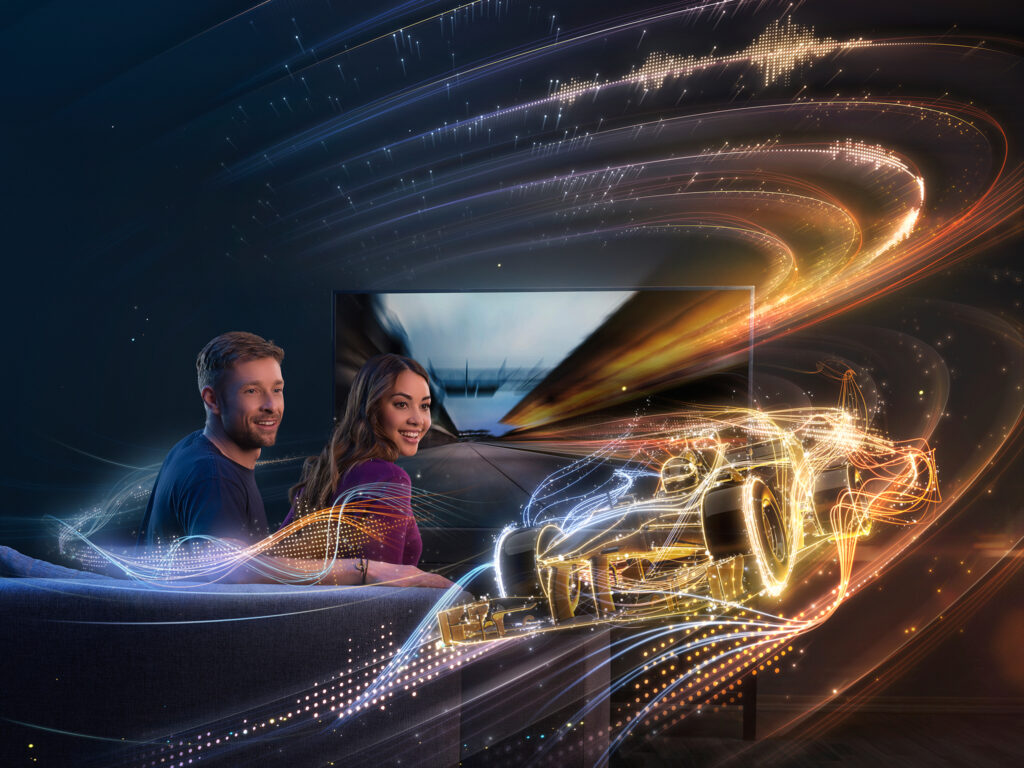Meet the Future of Audio
Discover personalized and immersive sound – everywhere
Personalized Sound Experiences
The most striking advantage of MPEG-H Audio is the creation of customizable sound, which has a range of benefits for creators, providers, and consumers. They are possible because MPEG-H Audio offers Object Based Audio (OBA), in which each sound element is defined as an individual element or object. As opposed to classic, channel-based approaches, such systems assign metadata to each object to define its properties. These metadata make it possible to manipulate each object individually. With its combination of traditional channel-based audio, object-based audio, and scene-based audio (Ambisonics), MPEG-H Audio is the most mature system on the market. On this foundation, creators and providers can allow their audience to customize content within limits of their choosing with only a few tweaks of established production workflows.

Broadcasters can grow their audiences by enabling individuals to customize the program’s audio. This includes language selection, choosing their favorite commentator in sports broadcast, and accessibility features like dialog enhancement as well as audio descriptions. In music, artists can explore completely new creative avenues by choosing to let their fans interact with their songs. The options include changing the listener’s position in a concert mix or even adjusting the volume of an instrument. These unique experiences strengthen the connection of audiences to their preferred providers and and favorite artists.

Experience Immersive Sound
MPEG-H Audio delivers a new level of sound going beyond stereo and surround thanks to sound coming from above and even from below. Adding height helps listeners experience sound in a much more realistic and natural way. They are transported into the soundscape and can feel like they are truly immersed and enveloped in it. This is particularly impressive when it comes to enjoying sports events, concerts, and other live situations, where the middle of the action is the exact place the audience wants to be.
The option to play back immersive sound is ultimately determined by the speaker setup. This used to be a headache for content creators and providers who had to decide on the mix the majority of the audience would be able to enjoy, often settling for stereo as the most common format. MPEG-H Audio does away with that challenge: A single immersive mix is created and delivered to the receiving device, where it is optimized for the individual listening situation, be it stereo, surround, or immersive.
Benefit from Universal Delivery
Crafted for the latest ways to consume media, the MPEG-H Audio system brings the highest quality and user experience to all devices from mobile phones to TV sets. The built-in renderer adapts the content to the playback capabilities of the device. There is no need for complicated selection or setup processes to find the content version which best works for the device.
Only one MPEG-H stream is delivered through all streaming or broadcast platforms to all kinds of receiver and playback devices, from headphones to sound bars and discrete loudspeaker systems. The receiving device will automatically adapt the audio reproduction to the reproduction setup.

Understand Object-based Audio
What is Object-based Audio (OBA)?
The term is used for audio content where each sound element is defined as an individual item or object. Each object gets assigned metadata that define its properties and their relation to each other as well as to the room they occupy. These metadata make it possible to manipulate each object individually to create immersive experiences, moving sound effects, and even interactivity.
How does OBA differ from traditional approaches?
The main difference between classic, channel-based audio and OBA is that individual properties can be assigned to each sound element, or object. This enables receivers to render the sound to any speaker setup and optimizes the sound in any listening situation. It is also the foundation of immersive sound and enables individual users to create a personalized experience.
What are the benefits of OBA?
OBA has a range of benefits in addition to personalized experiences, immersive sound, and universal delivery. They include the addition of several presets to one data stream, increased accessibility, and streamlined data handling.

